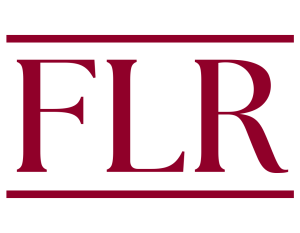Abstract
Increasingly, state and federal courts are asked to resolve election-related disputes, as candidates are more likely than ever before to challenge some aspect of the administration of an election in court. Election-related litigation puts judges in the unfavorable position of kingmaker, forcing the court, not the people, to determine the winner of an election. When the court intervenes in an election dispute, the public may perceive the court’s intervention as a political act that decreases the legitimacy of the winning candidate and the election system as a whole. Moreover, research reveals that judicial decision-making at both the state and federal levels can be skewed by party loyalty.
Typically, election-related lawsuits are brought in state court because election administration is a matter of state and local control. Occasionally, however, federal courts are called to review an election dispute in which a candidate or voters allege that the administration of the election resulted in an infringement of constitutionally protected rights. While nonintervention is the default in federal court, under certain rare circumstances federal courts have determined intervention to be appropriate. The federal judiciary has never, however, clearly established a test for determining when intervention is warranted.
This Note explores the federal courts’ reluctance to intervene in election disputes through the lens of a recent Second Circuit decision: Pidot v. New York Board of Elections. Ultimately, this Note concludes that federal courts should adopt an explicit two-part test to determine whether (1) the state corrective procedure adequately protected the constitutional interests of candidates and voters and (2) nonintervention would result in fundamental unfairness to the voters.

